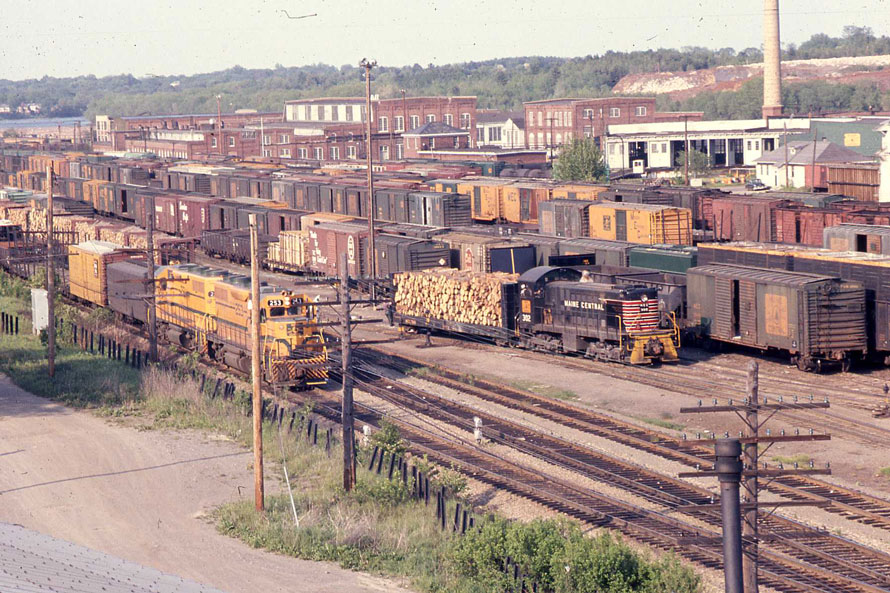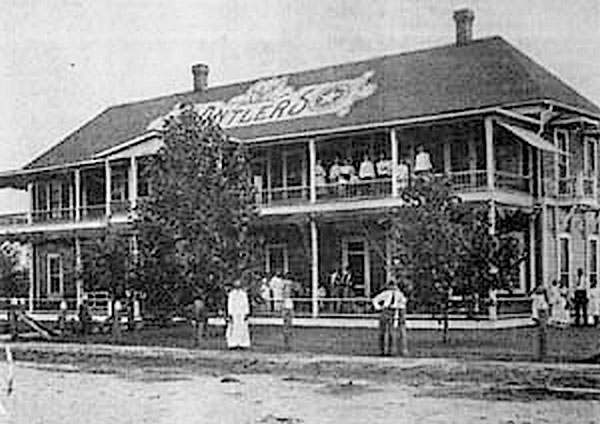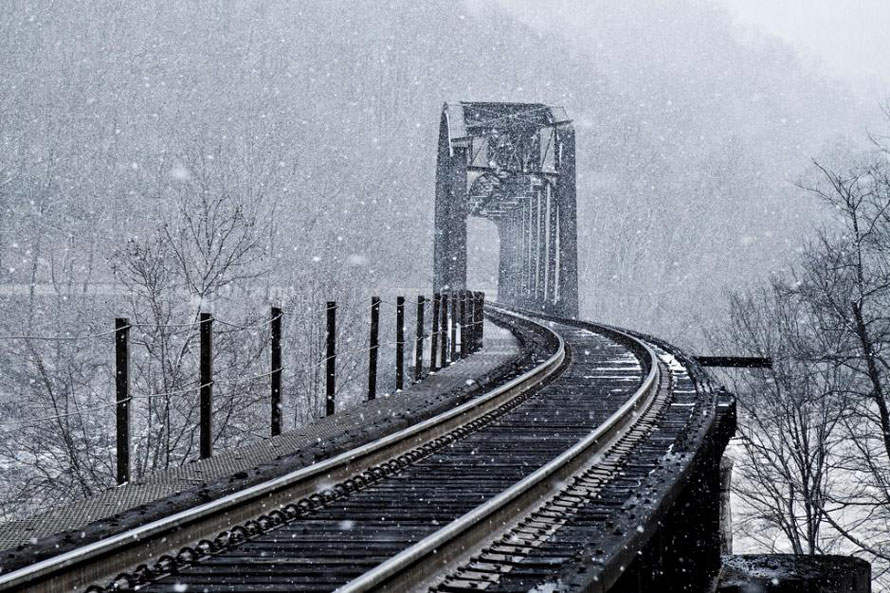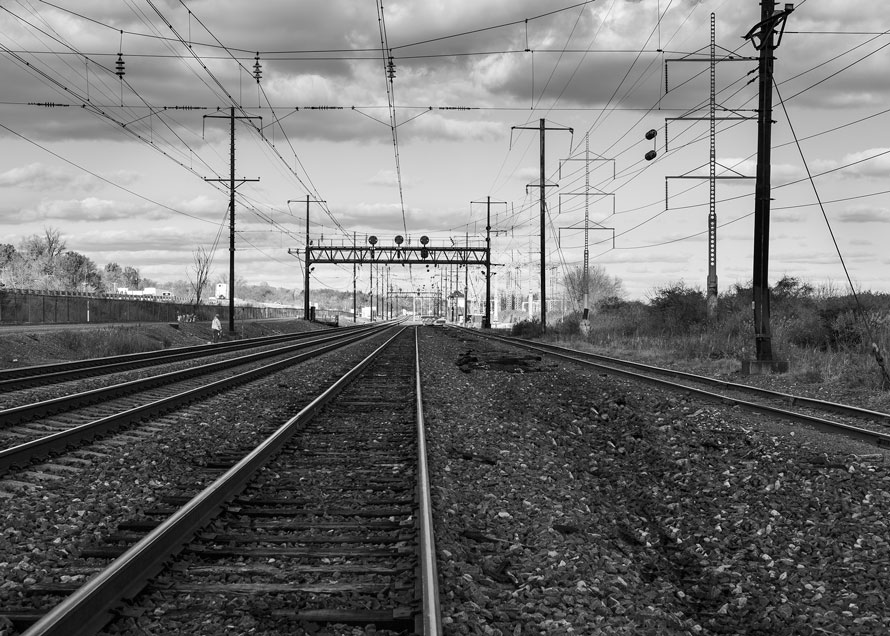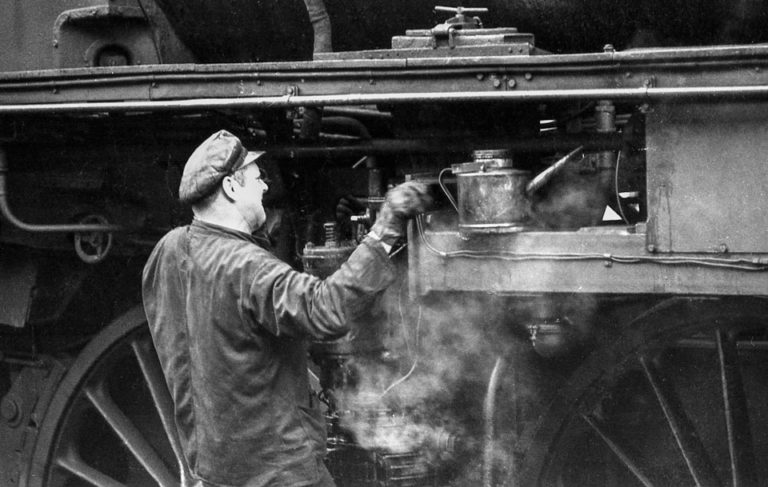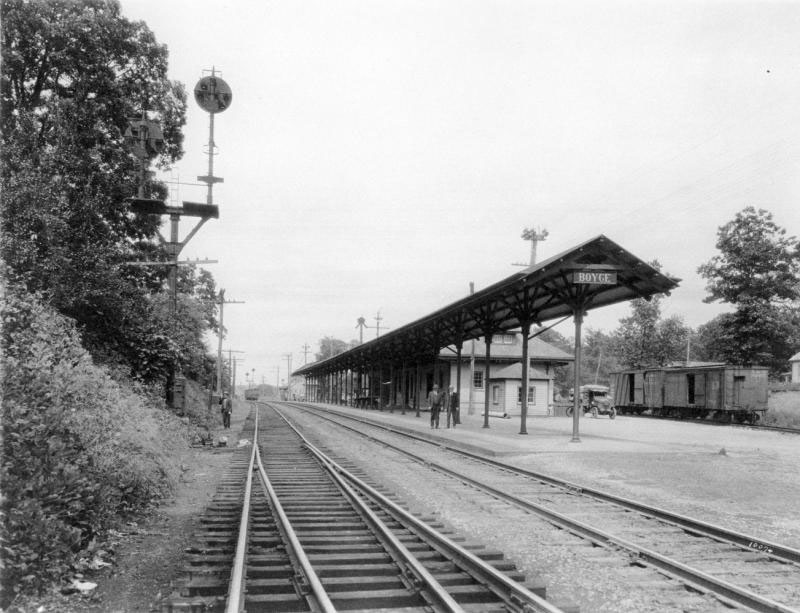
The Town of Boyce, Virginia and its railway depot have enjoyed a long history together. Nearly as old as the town, the 1913 structure served as its public gathering place, the portal through which travel and commerce passed, and became Boyce’s icon.
Indeed, it was the crossing of a newly-built Shenandoah Valley Railroad with the Winchester and Berry’s Ferry Turnpike that prompted the birth of a new community in formerly dense, forested land. Unlike Berryville, White Post, and Millwood, the Boyce community—briefly named Boyceville—sprung forth around a stop along the tracks relatively late in Clarke County’s development. The town would not have existed were it not for the arrival of the Shenandoah Valley Railroad in 1879. Read more
